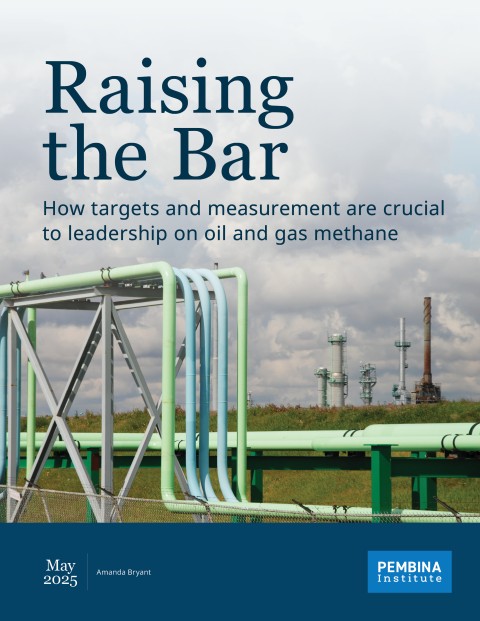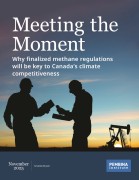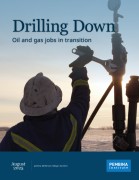Over the last few years, several jurisdictions have claimed a position of international leadership in tackling methane emissions from their respective oil and gas industries. In North America alone, national and subnational governments including Canada, British Columbia, California, Colorado and New Mexico have set the bar for action on mitigating this potent greenhouse gas.
But what does ‘leadership’ mean in the context of oil and gas methane?
One important metric is megatonnes of emissions reduced. After all, this is what ultimately matters to the climate. And given that methane has a powerful near-term warming impact — over 80 times more potent over twenty years than carbon dioxide — every tonne not put into the atmosphere today will pay dividends in terms of avoided future climate impacts.
But methane measurement and mitigation is also rapidly evolving, and governments need to keep up. For example, governments can set reduction targets, apparently meet them, and then — due to better measurement techniques resulting in historical upward revisions to methane emissions estimates — learn their actions have not had the impact they previously thought. Megatonnes were still reduced, and this is good, but perhaps not enough to be in line with a net-zero trajectory.
Being a leader in this space therefore requires policymakers to get comfortable with evolving information and not let uncertainty preclude them from making progress. They must continue to set ambitious targets while remaining committed to measurement initiatives that ensure the best possible methane data is being collected and adjusting their approach as they learn more. Sometimes, this will mean revising their view of what success or failure looks like. Meeting a target that was based on inaccurate or incomplete data is not necessarily a success; partially meeting a target that is based on more accurate data is not necessarily a failure.
Given that methane abatement can often be done at no net cost to industry and demand for low-emissions oil and gas products is likely to keep growing, abating methane is a win-win-win for governments, industry and the climate. To be leaders, governments must strive for a ceiling, not a floor, of progress. This should include being as transparent as possible about the data, emissions models, and inventories they use to track progress. This is as important as taking steps to support the development of best-in-class abatement technologies.
This report examines the ways in which the adoption of methane targets, the methodology of target setting, the communication of targets, the assessment of progress, as well as the collection and dissemination of data, are all crucial aspects of leadership on oil and gas methane. If governments demonstrate this leadership, they will be better placed to capitalize on the economic opportunities associated with the methane abatement industry and will set their oil and gas industries up to compete in a world that is increasingly likely to prefer demonstrably low-emissions energy products.







